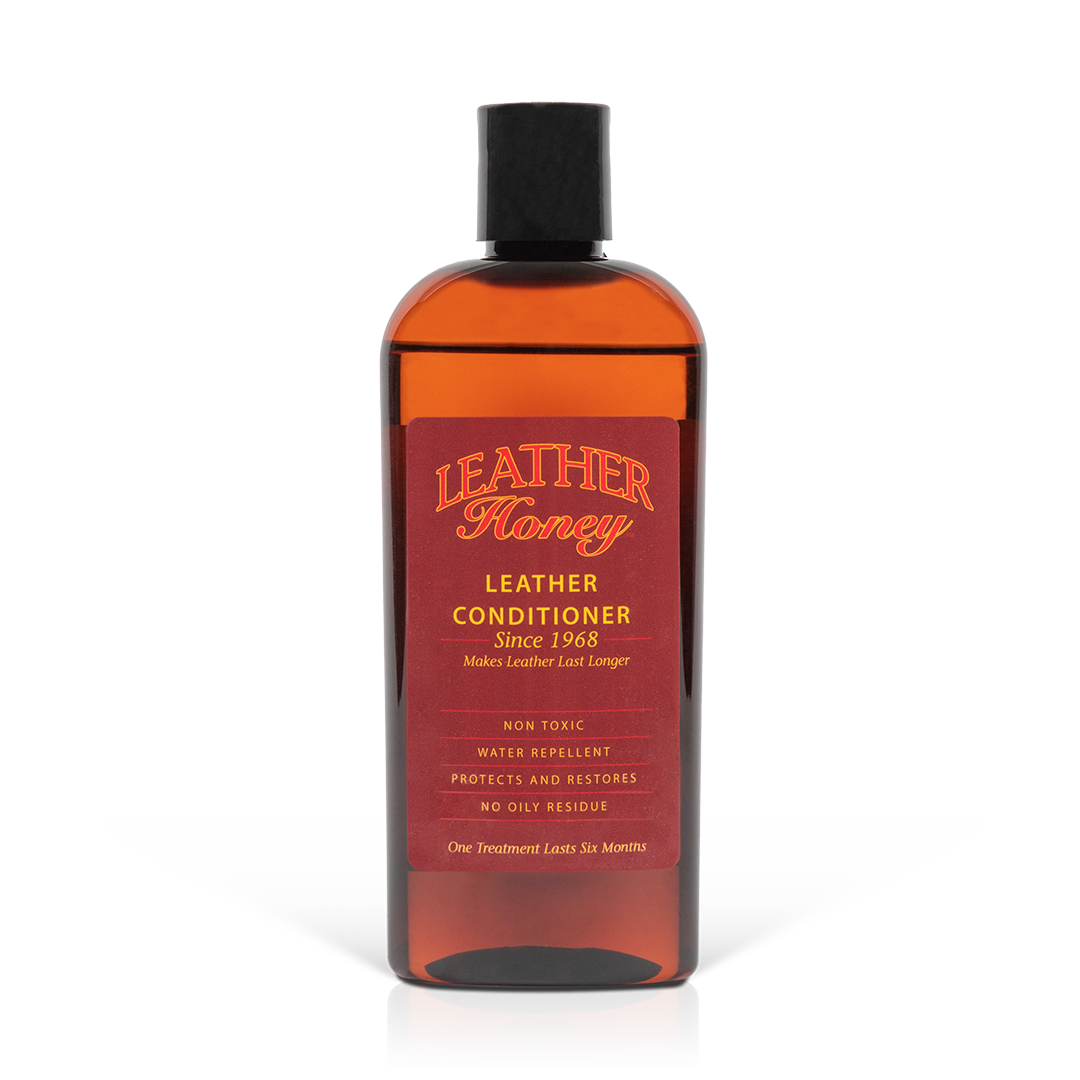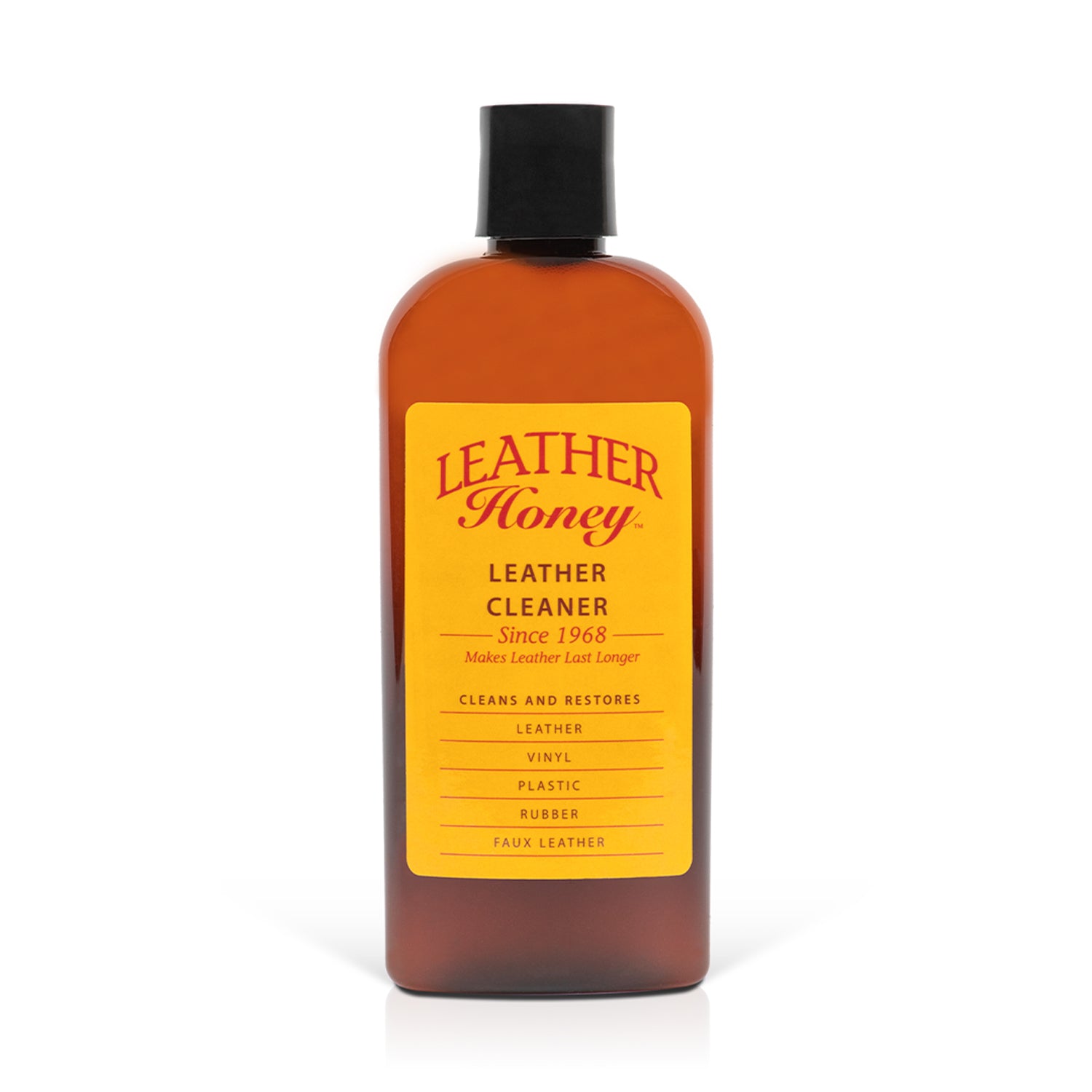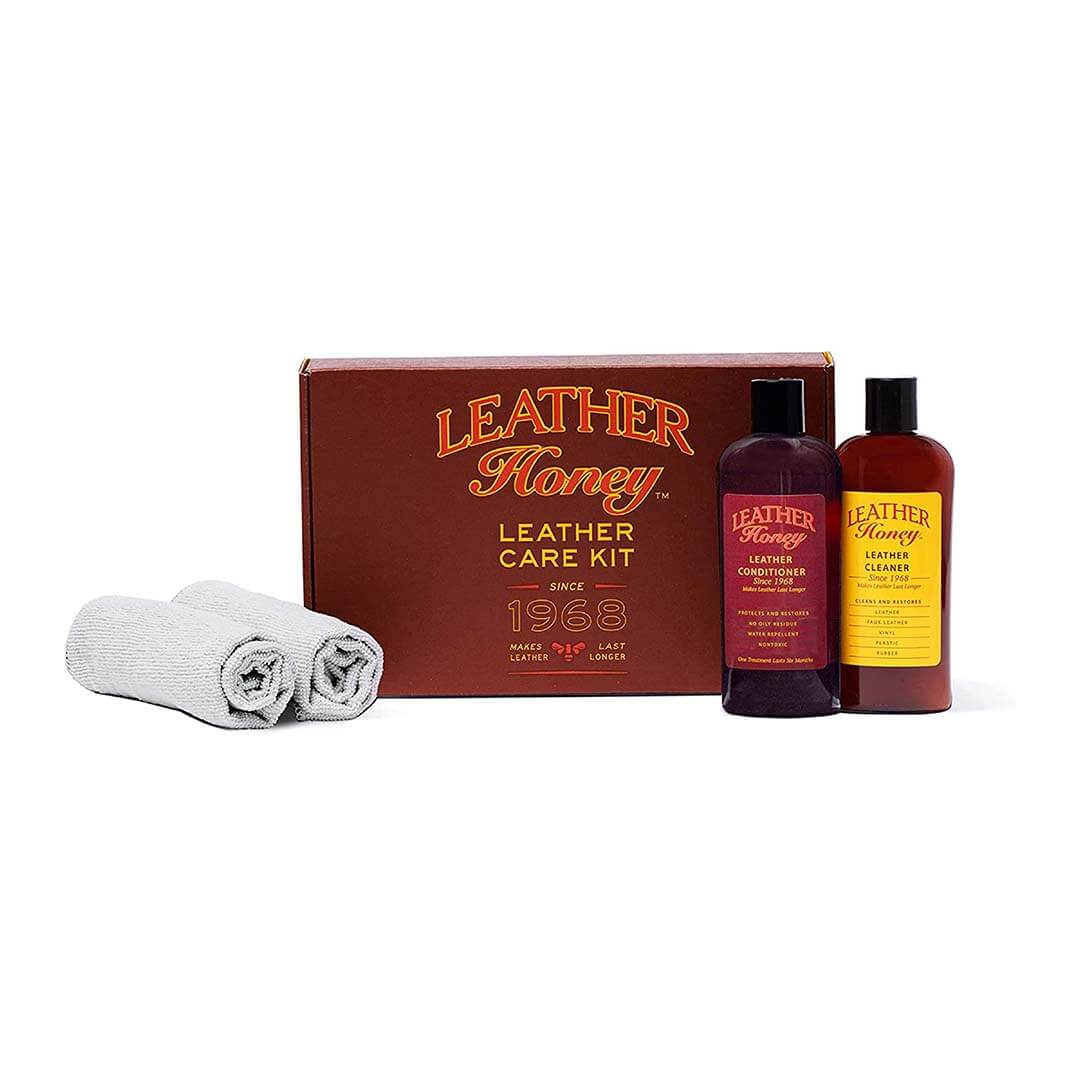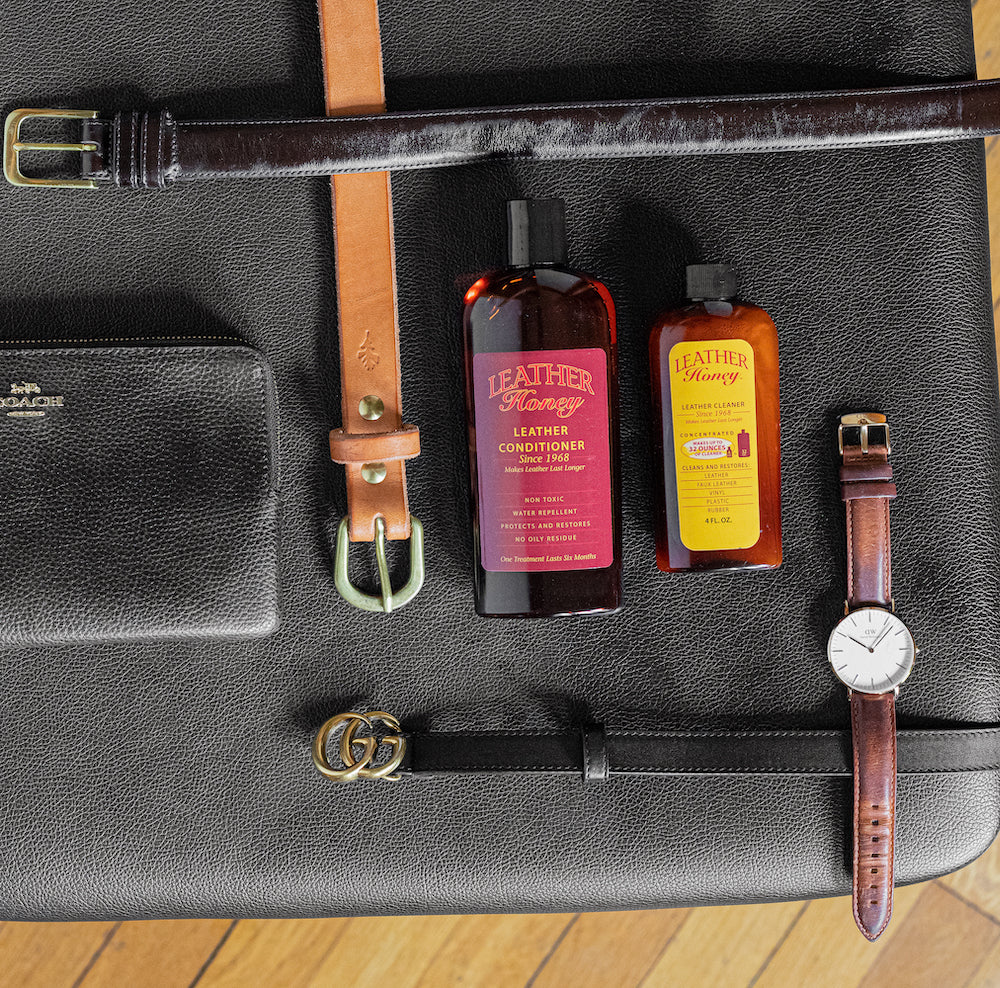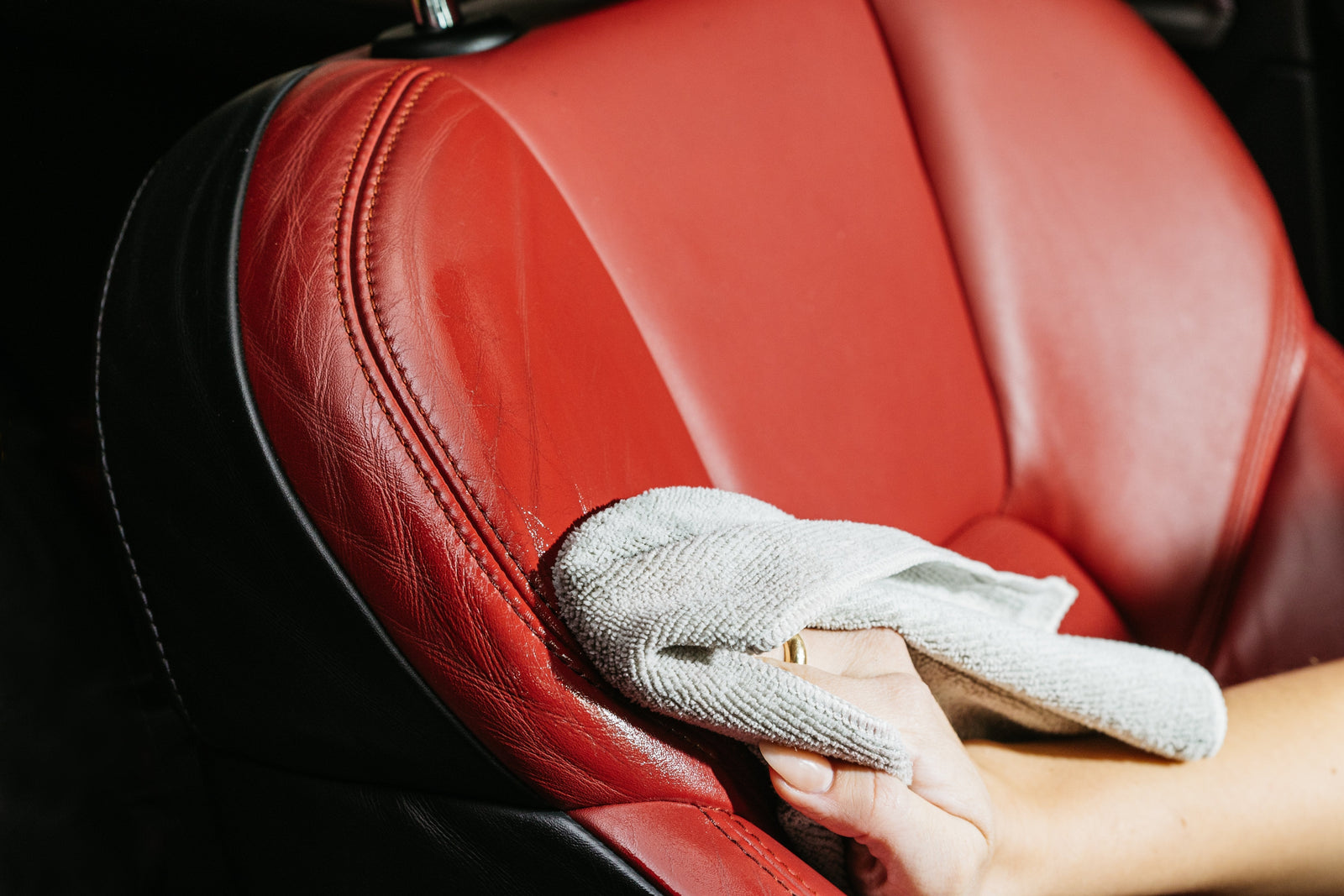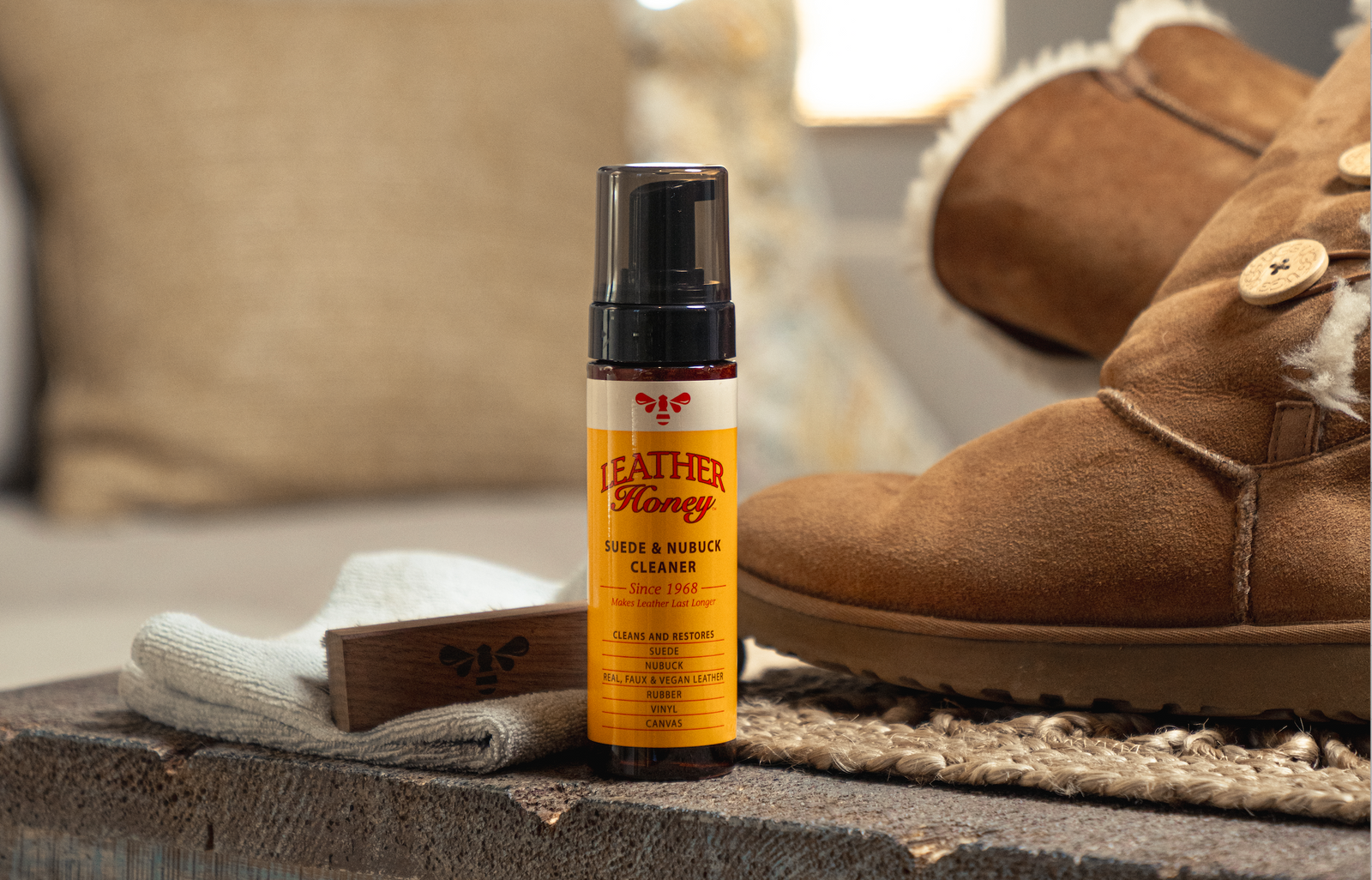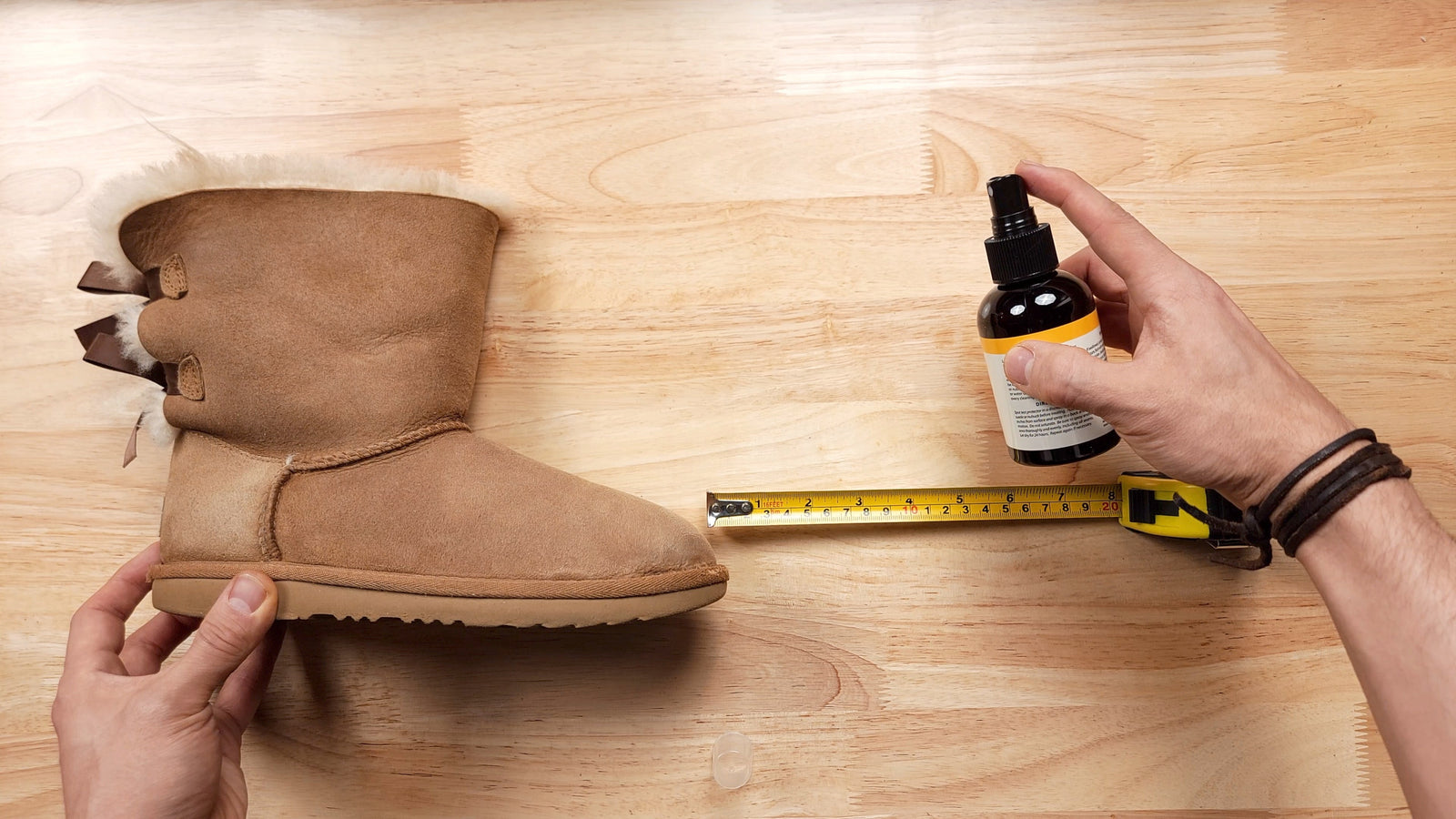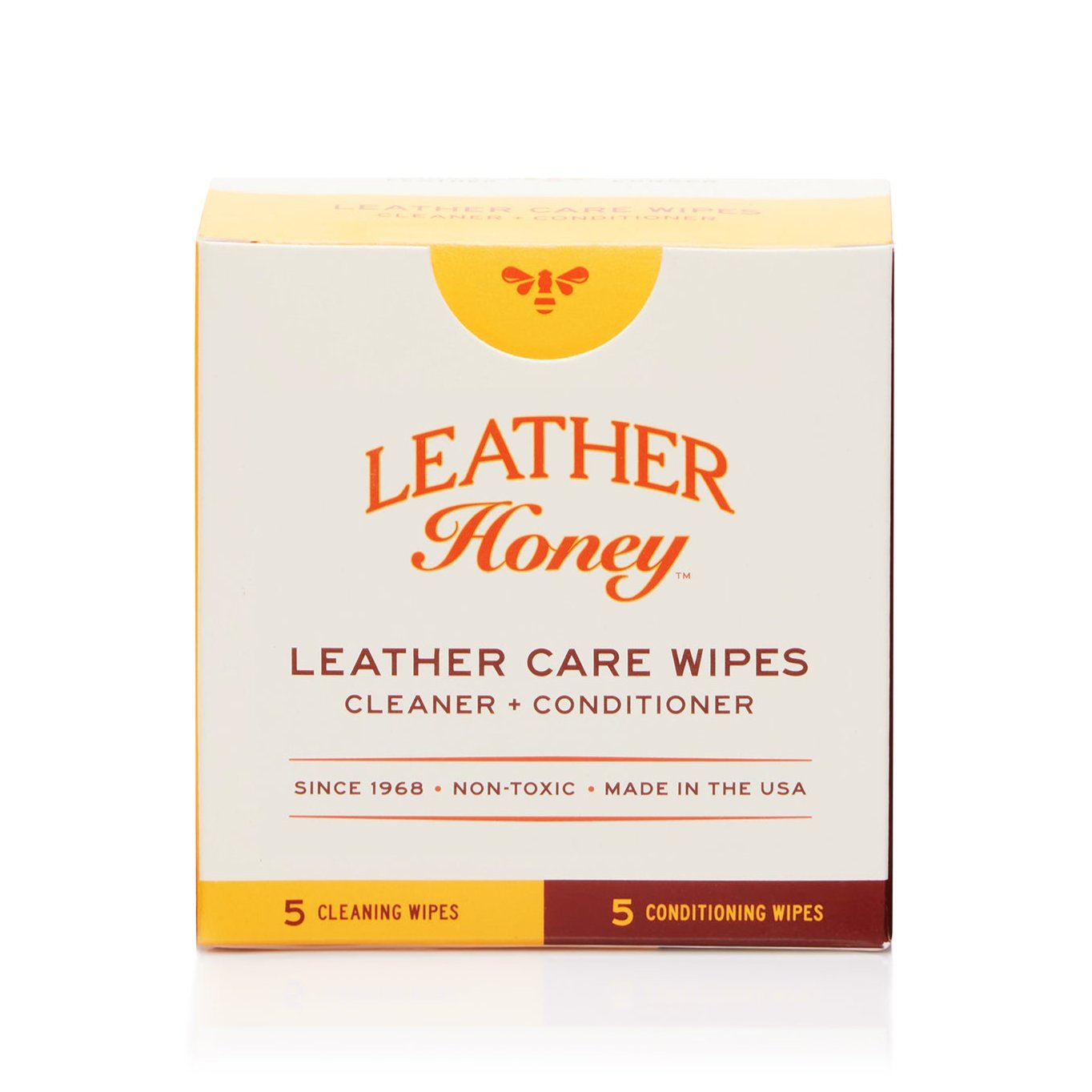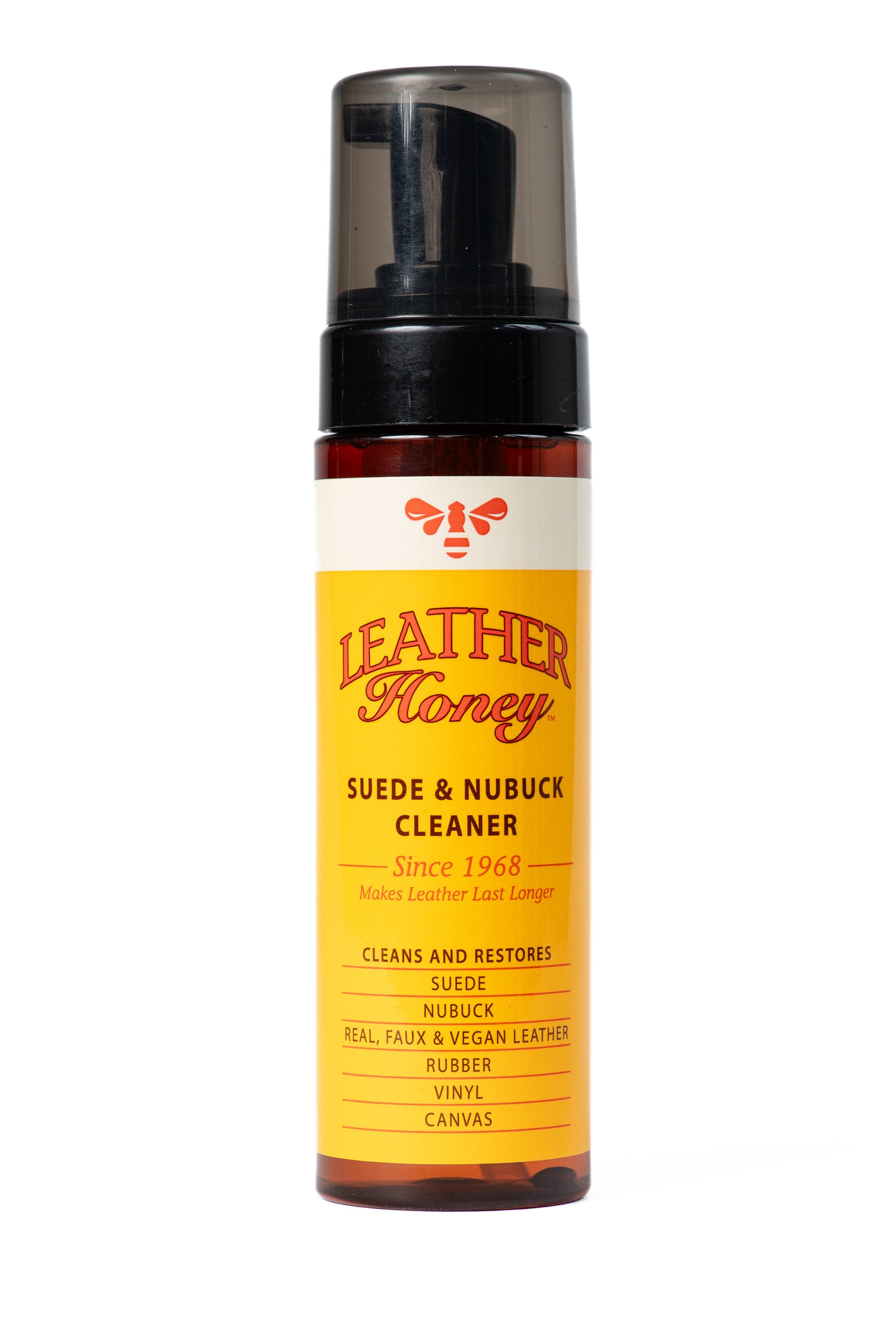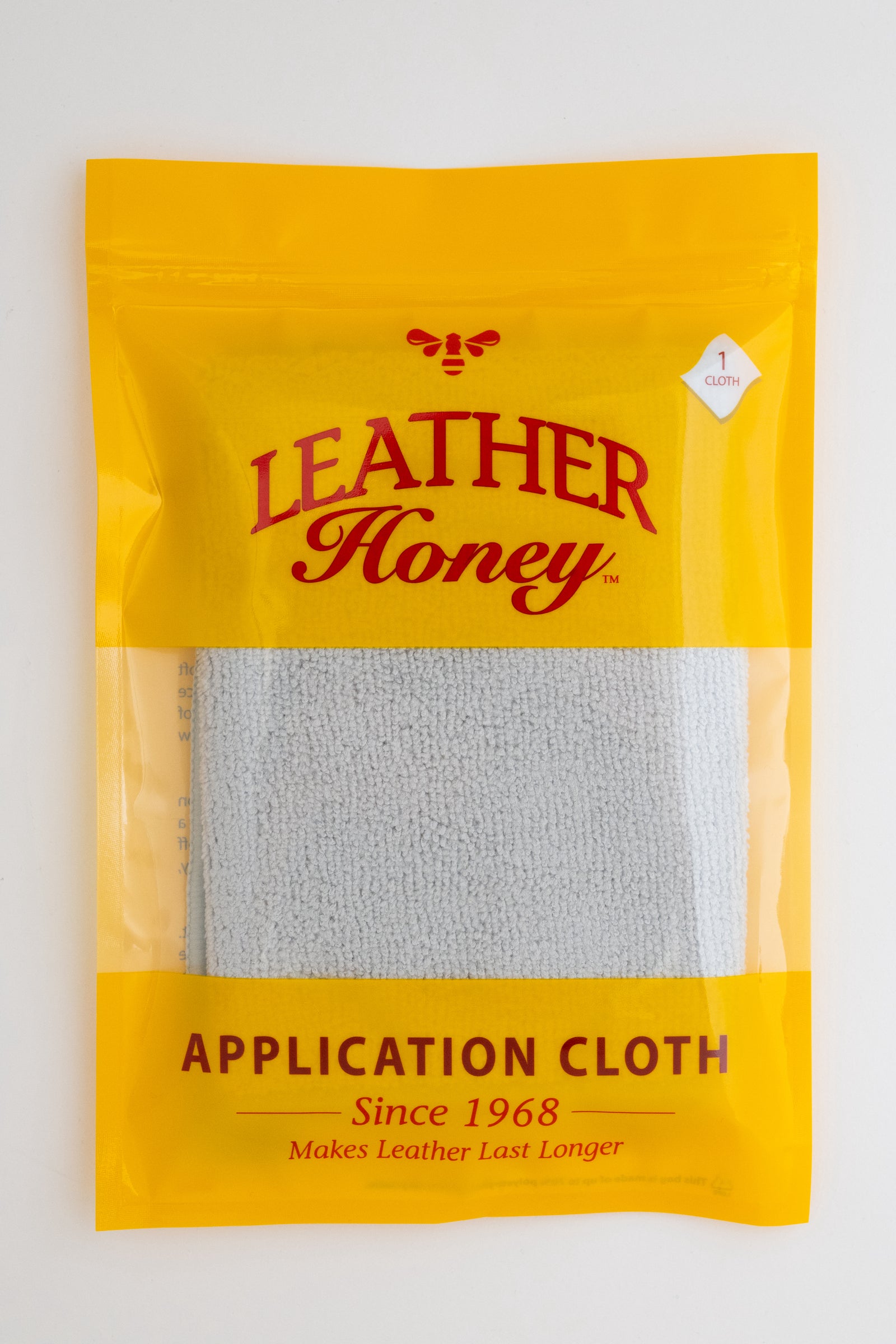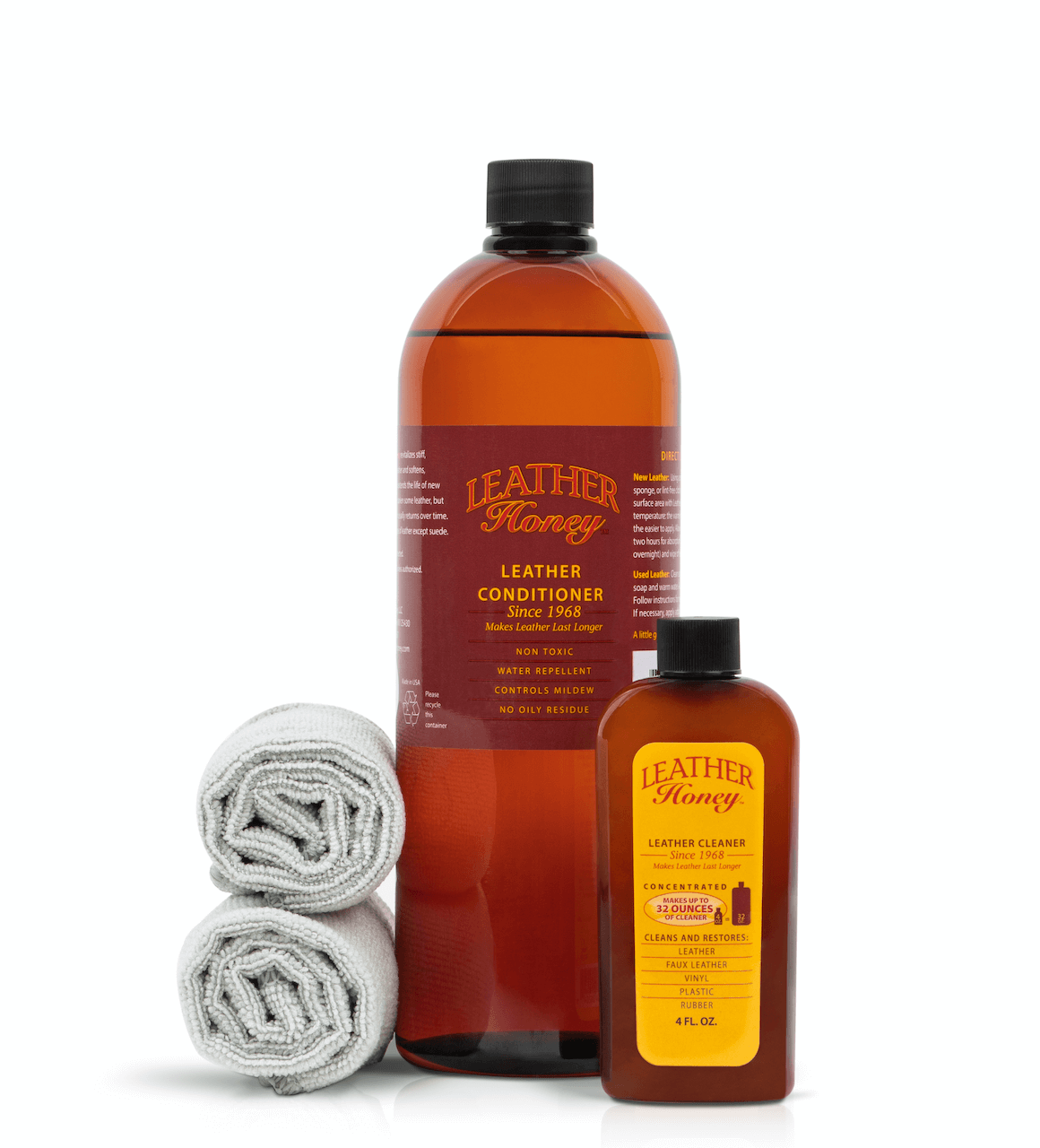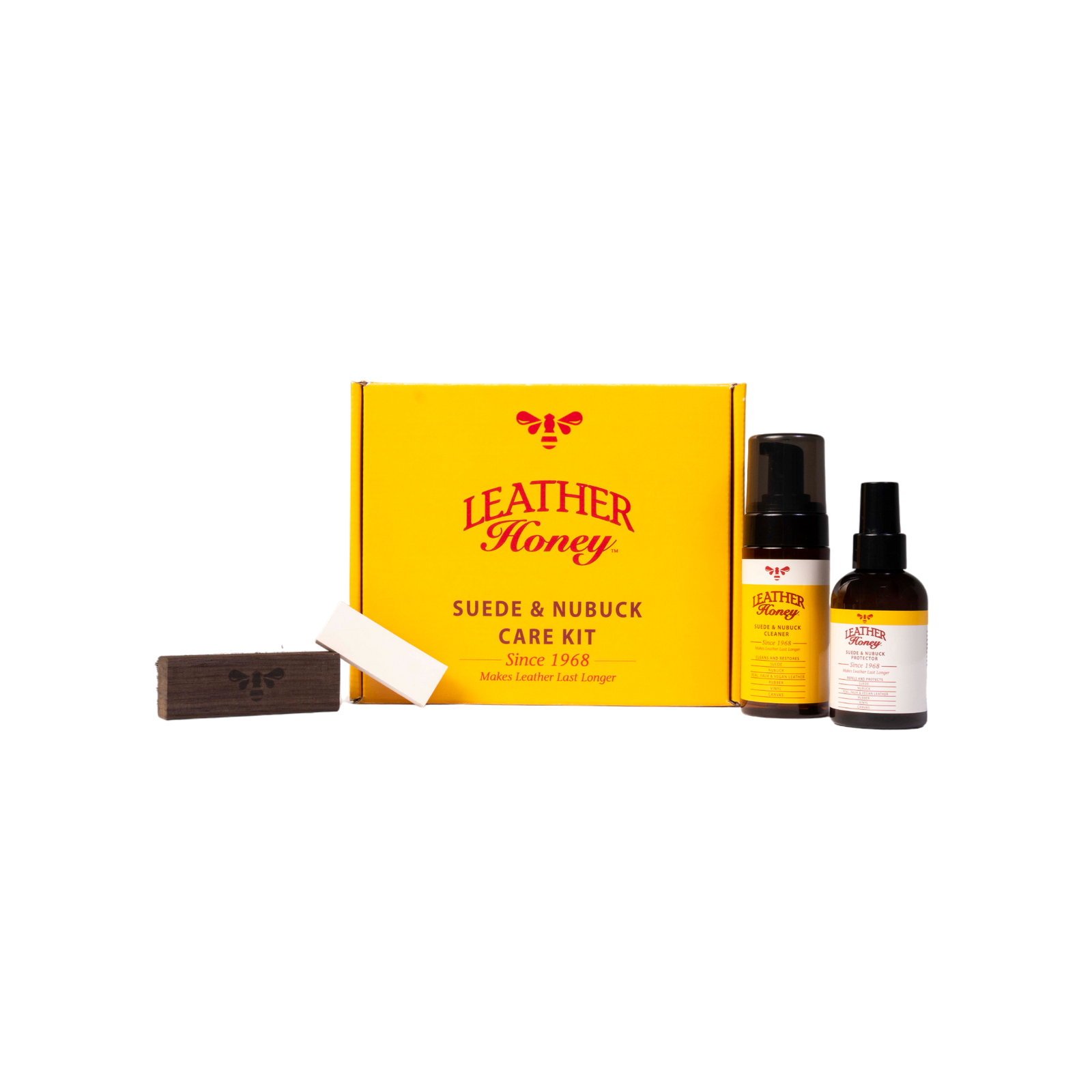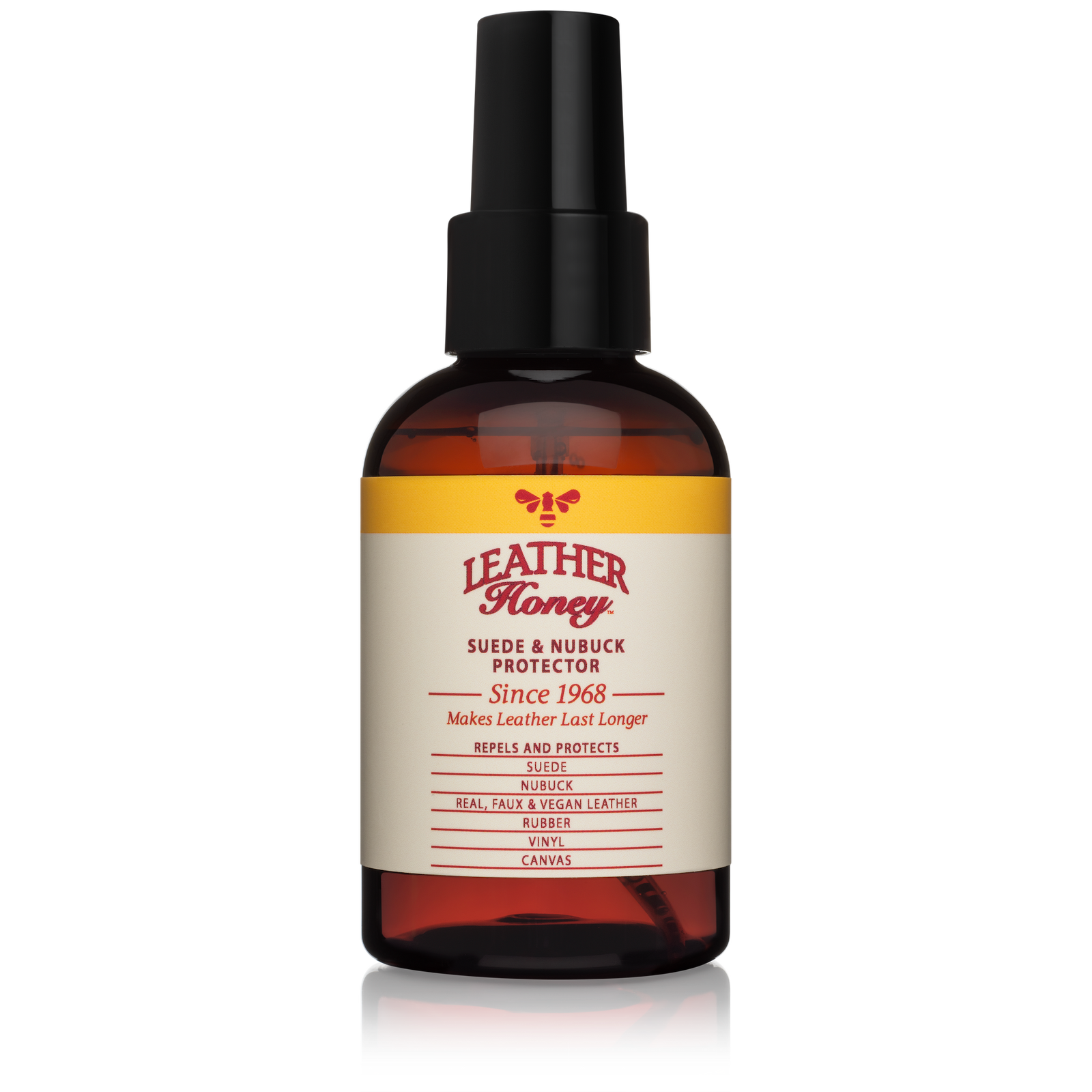There are many different types of leather, and customers often have trouble keeping them straight. Two of the most common — and most confusing — are top grain and full grain leather.

Top-grain vs. full-grain
First, let’s get one thing out of the way: Both top grain and full grain leather are genuine leather, which means they’re high quality, made from an animal hide and can be treated with a deep conditioning leather conditioner like Leather Honey Leather Conditioner. The terms top grain and full grain are not used to describe faux leather.
Beyond that, these types of leather almost define themselves: Top grain leather is made by sanding or buffing the top, outermost layer of the leather, which removes blemishes and creates a smooth, even finish. This also makes to grain leather slightly thinner, which is easier for manufacturers to work with, and can make it easier to create a variety of products from the leather. On the other hand, it does make top grain leather slightly less durable.
Full grain leather is widely considered the highest quality leather. It does not have that top layer removed. In fact, full grain leather is not split or sanded at all, which means it maintains all of the natural inconsistencies of the animal hide. It’s also thick and durable, and is often among the most expensive leather available. On the other hand, it can be hard for manufacturers to work with thick full grain leather, which means it may not be used at all for some items (or if it is, it may be significantly more expensive).
Differences between top grain and full grain leather
1. Appearance

As noted above, full grain leather does not have the natural blemishes and inconsistencies on the top layer of the leather removed, which means pores, scars and other marks may still be visible. That makes the leather appear natural and beautifully varied, but it isn’t the look everyone wants. On the other hand, top grain leather is sanded and treated to remove that top layer, leaving a layer behind that is typically even and unblemished. In some cases, manufacturers actually treat top grain leather to create some faux inconsistencies that mirror the look of full grain leather.
2. Durability
Full grain leather is thicker and more durable than top grain leather, though it can stain more easily, because often top grain leather is treated to protect against stains. But both types of leather are high quality, genuine leather. If treated well, both top grain and full grain leather can last lifetimes and become family heirlooms.
3. Price
Because full grain leather is higher quality and thicker than top grain leather — and because it’s generally considered more difficult to work with — it is nearly always going to be more expensive than top grain leather.
4. Care
Both top grain and full grain leather should be cleaned and conditioned regularly, which can prevent dirt and stains from building up and keep the leather hydrated. We generally recommend cleaning the leather as needed and conditioning every six months, allowing the leather to dry completely at both stages. Be sure to store your leather in a dry area, away from sunlight or drying elements like heat.
The bottom line
Whether top grain or full grain leather is right for you depends on a few factors — namely, your budget and the look you hope to achieve with the leather. If you’d prefer a thinner, more flexible leather that is free from the natural variations from the animal hide, you may prefer top grain leather. If you want the highest quality leather that looks like leather — which means it has natural blemishes and inconsistencies — you may opt to go with full grain leather.
More to Know About Top Grain Leather vs Full Grain Leather
Some common questions people have about how to tell top grain leather from full grain leather.
What is better, top grain leather or full grain leather?
Given their similarities, what you'll deem as "better" between top grain and full grain leather comes down to personal preference. Top grain leather is smoother, thinner and has the natural blemishes removed. Full grain leather is rougher and thicker and has a more natural appearance.
Is top grain leather the same as 100% leather?
Yes, top grain leather is a type of "100%" or genuine leather.
What are the disadvantages of top grain leather?
There are few disadvantages to top grain leather, though it is slightly thinner than full grain leather.
You May Also Like:
Cleaning & Conditioning Leather Clothing
Cleaning & Conditioning Leather Purses
